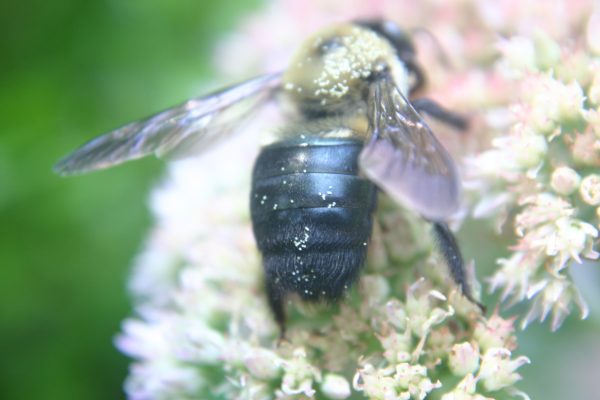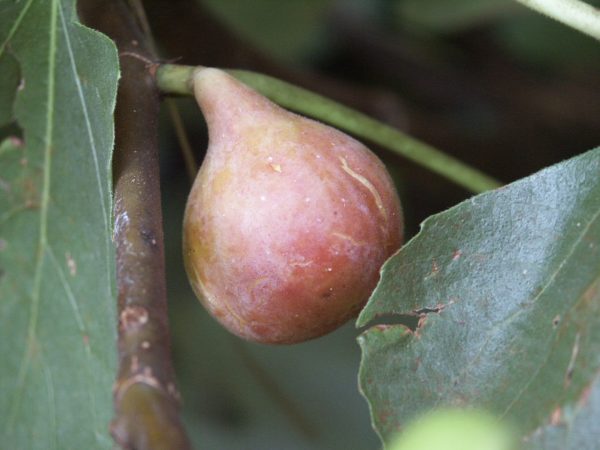How to Make Colored Flames for Fireplace
A reader recently asked me. “Do you know where I may obtain the formulae for the chemicals in which to soak pine cones that will cause them to produce colored flames when burned?”
My answer took me back to my youth. Once upon a time I fancied myself a chemist, going so far as to take it as my college major. Thankfully, by my senior year, I found that I had absolutely no talent in the discipline and so became a contented horticulture educator.
Still, occasions arise when my chemistry background is needed. Questions about soil pH, fertilizer content and pesticide reactions demand a minuscule knowledge of chemistry, which is all I possess after these many years.
Your question gives me an opportunity to use my college education once again. Here are the chemicals commonly used for making pine cones or firewood burn in different colors:
FLAME COLOR – CHEMICAL
Yellow – Sodium chloride
Purple – Potassium chloride
Orange – Calcium chloride
Green – Copper sulfate
Red – Strontium chloride
Blue – Copper chloride
Carmine – Lithium chloride
Use only the chemicals shown–DO NOT ACCEPT NITRATES OR CHLORATES AS SUBSTITUTES.
The first four chemicals are easiest to find. Sodium chloride is, of course, common table salt. Potassium chloride is the ingredient in “no sodium” salt substitutes. Calcium chloride is the chemical in dehumidifying/moisture-absorbing products such as Damp Rid(tm). It is also found in blossom end rot spray for your tomatoes. Copper sulfate is found at hardware stores in products such as ROOTO(tm) copper sulphate root killer. The other chemicals can be purchased from Boreal Laboratories.
Mix a half-pound of individual chemical in two gallons of water and soak pine cones or scraps of pine lumber overnight. After drying, put one or two at a time in your fireplace for psychedelic winter enjoyment.
Remember these rules:
1.Chemicals should be kept away from children and pets.
2. Store the chemicals in airtight glass or plastic containers.
3.Wear rubber gloves when handling the chemicals.
4. Burning of the materials treated with the chemicals should be done only after the fire in the fireplace is providing a good draft.
Ask a Scientist (broken link)














